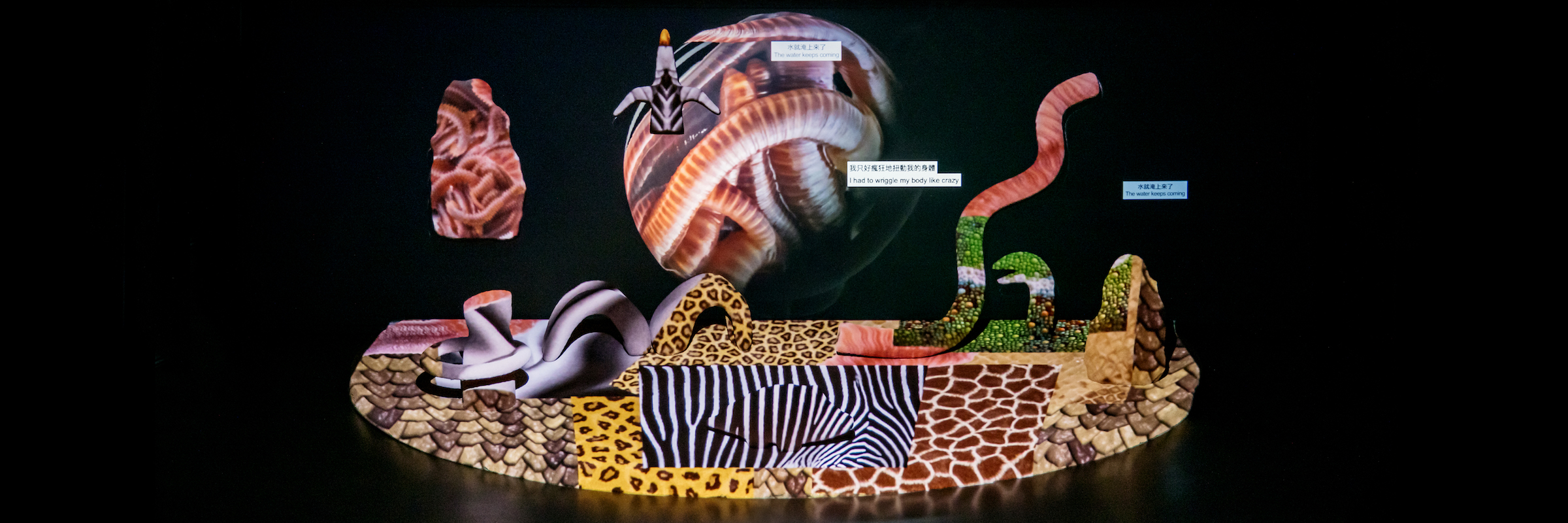Browse

The ethnic Chinese population in Singapore, which accounts for approximately 74% of its population, together with Malay, Indian, and Other ethnic group. Each of them contributes to one of the CMIO categories that have been used since the colonial period. Yet the ratio still remains the same as before the independence of the country. The CMIO classification model celebrating its multiculturalism must be stable, for it implies the sustainability and the order of its country. Not only the “Sketching Singapore Literary Exchange and Writing Project” planned by Wu Ting-kuan is available for those who seek beyond the result by googling “Singapore Literature” in Chinese language, but one can explore the unseen world beyond such order in Singapore.
One of our double issues, “Legible Singapore” (guest-edited by Ting-kuan) is a collaboration between Nusantara Archive Project and Sketching Singapore Literary Exchange and Writing Project. We introduce the literary landscapes of Singapore’s ethnic minorities, including Faris Joraimi’s “‘A New World Is Being Created’: A Brief History of Malay Literature in Singapore“, K. Kangalatha’s “Literature Liberated From Singapore Landscape“, and Ng Yi-Sheng’s “Queer Singapore Literature: A Brief Overview“, reflecting on and responding to colonialism and the memory and trauma behind Singapore’s social changes. For literature is a vision reproduced through words, such as the kampongs disappearing in rows of HDB houses in the skyline of this garden city, or the ghosts that only appear as the shadows of the accountable hierarchy, now unfold in front of readers, offering the latter an opportunity to witness the archival memories of these ethnic minorities. They shall not be missed for those who are committed to Southeast Asia Literature.
The global and local art scenes have changed drastically in 2020. While “No Man’s Land” online journal is looking forward to its 10th anniversary in the end of 2021, it is also the 5th year since we have initiated Nusantara Archive Project. To memorize the special timing as well as new the collaboration, issue no.47 is postponed to January and published as the double issues edition. With “Legible Singapore” guest-edited by Wu Ting-kuan as the one of the double issues, the other issue “Nusantara in Future Tense” collects the texts or proposals produced during our Workshop (Nusantara in Future Tense) project and their translation. The workshop, curated by Esther Lu in Taipei, was co-organized by soft/WALL/studs in Singapore during the Covid-19 time. Though we were forced to give up traveling to Singapore, articles such as the letter exchange between Singapore artists (Ila, Syaheedah Iskandar), proposal by Malaysian scholar Tan Zi Hao ( “Creaturely Conjectures”), discussing composite creatures, have given us more anticipations in the future.
The last but not the least, this issue also includes the excellent essay by Syaheedah for Southeast of Now: Directions in Contemporary and Modern Art in Asia, NUS Press. The essay, “Created for Ghaib (not visible) Space”, is an in-depth analysis of the visual creative context of the Malay community in Singapore. Through the dialectics of the literal and the visual practices, the dual topics that support each other in this issue hope to enable local readers to have a comprehensive understanding towards Singaporean society—especially how the consistency the multiculturalism may suppress the inherit difference as the varied voices—just like the inspiration brought to readers by the “composite creature” suggested by Zi Hao. When the moment comes, on our own road of building a (collective) new nation, can we then recognize the ambivalence of such pluralistic image(s)?
Cover Art: Liu Yu, “If Narratives Become the Great Flood” (2020)